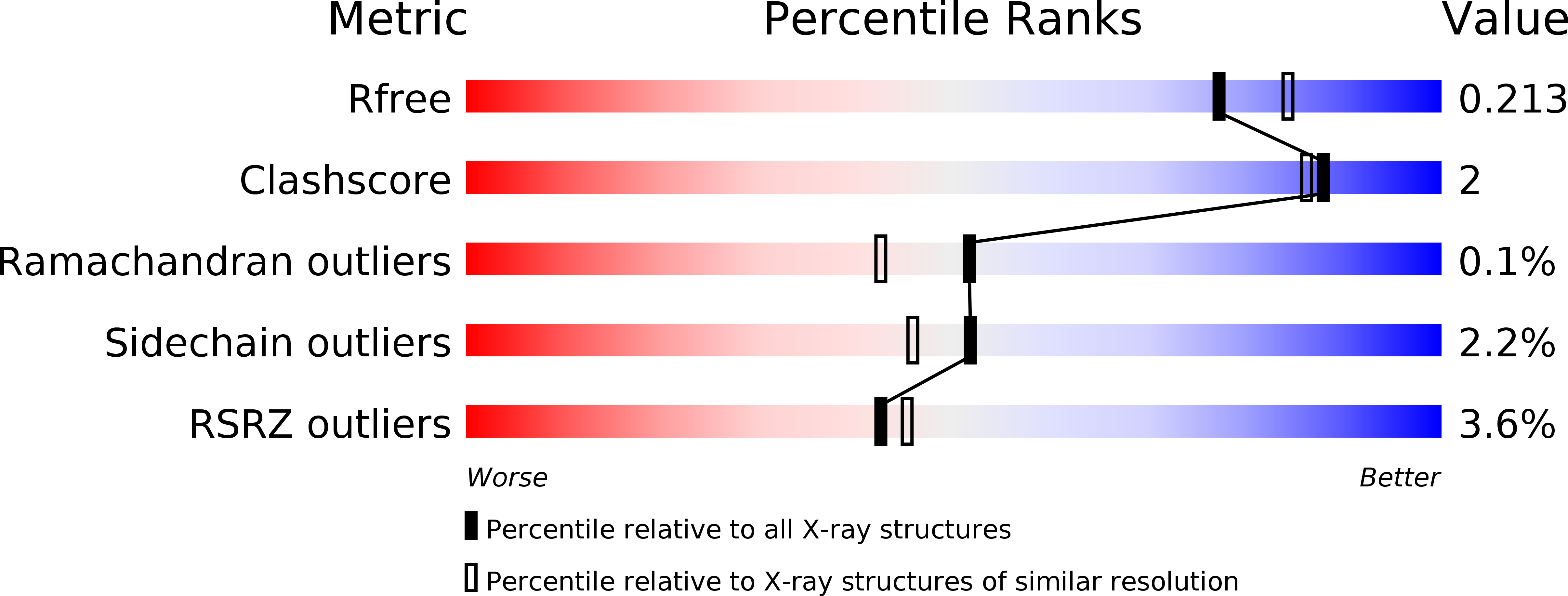
Deposition Date
2019-08-13
Release Date
2020-05-20
Last Version Date
2024-11-20
Entry Detail
PDB ID:
6SJU
Keywords:
Title:
Human kallikrein 7 with aromatic coumarinic ester compound 3 covalently bound to H57
Biological Source:
Source Organism:
Homo sapiens (Taxon ID: 9606)
Host Organism:
Method Details:
Experimental Method:
Resolution:
1.97 Å
R-Value Free:
0.22
R-Value Work:
0.17
R-Value Observed:
0.17
Space Group:
P 21 21 21


